How to Care for Thai Basil: 5 Key Tips for Anise-flavored and Purple Stems
If you've ever tasted authentic Thai cuisine or admired the vibrant purple stems of this beautiful herb, you might be wondering how to grow Thai basil successfully at home. Unlike its sweet basil cousin, Thai basil (Ocimum basilicum var. thyrsiflora) offers a distinctive anise-like flavor and striking appearance that makes it a favorite among gardeners and cooks alike. Whether you're growing it in containers or garden beds, these five essential tips will help you cultivate healthy plants with those characteristic purple stems and robust anise flavor.
- Master the Sunlight and Temperature Requirements
Thai basil absolutely thrives in warm conditions with plenty of sunlight. This tropical native needs at least 6-8 hours of direct sunlight daily to develop its signature characteristics. The sunlight not only fuels growth but also intensifies the purple pigmentation in the stems and enhances the production of essential oils that create that distinctive anise-like flavor.
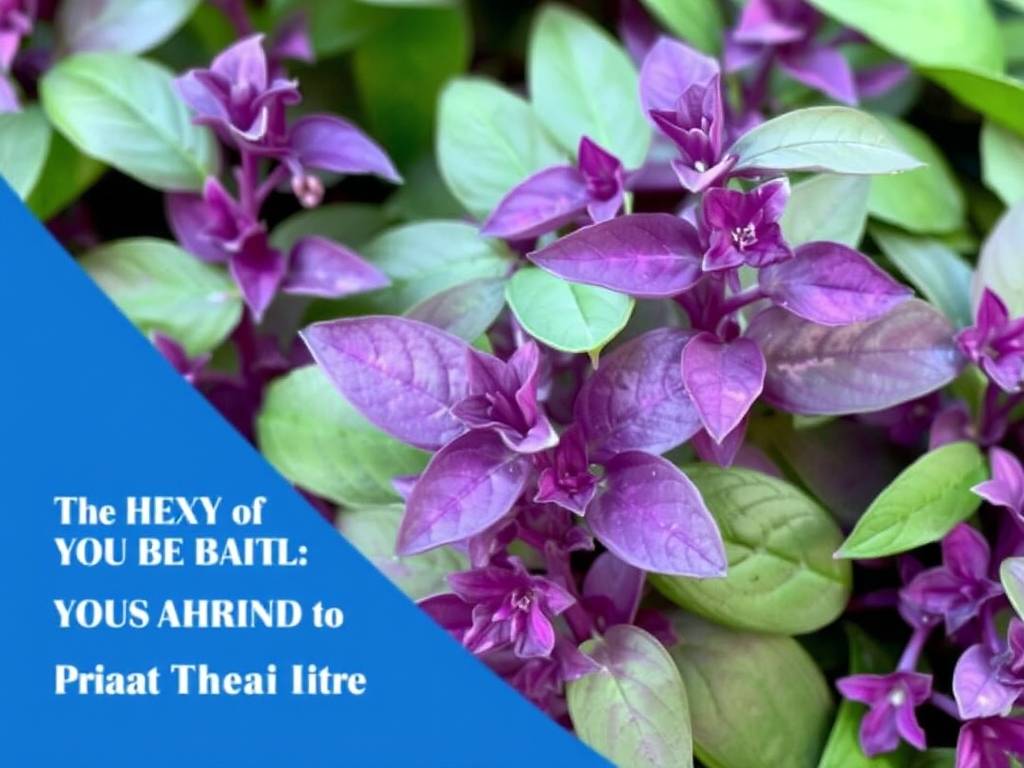
When growing Thai basil indoors, position your pots in south-facing windows where they'll receive the most light. If natural light is limited, consider using grow lights to supplement. Outdoor plants should be placed in the sunniest spot in your garden. Temperature is equally important - Thai basil prefers temperatures between 70-90°F (21-32°C) and will struggle if temperatures drop below 50°F (10°C). If you're in a cooler climate, wait until all danger of frost has passed before planting outdoors, or grow it in containers that you can bring inside when temperatures dip.
The connection between sunlight and those beautiful purple stems is particularly fascinating. The anthocyanin pigments responsible for the purple coloration develop best when plants receive adequate sunlight. Without sufficient light, stems may remain green and the anise flavor may be less pronounced.
- Perfect Your Watering Technique
Watering might seem straightforward, but it's crucial for developing that perfect anise flavor and maintaining healthy purple stems. Thai basil prefers consistently moist soil but absolutely cannot tolerate soggy conditions or standing water. The goal is to keep the soil evenly moist like a well-wrung sponge.
Check soil moisture daily by inserting your finger about an inch deep. If it feels dry, it's time to water. When watering Thai basil plants, aim at the base rather than wetting the leaves, as this helps prevent fungal diseases. Early morning is the ideal time to water, allowing any accidental splashes on leaves to dry during the day.
Container-grown Thai basil typically needs more frequent watering than garden plants, especially during hot weather. You might need to water daily in peak summer, while garden plants may only need watering every 2-3 days. Proper drainage is non-negotiable - ensure your containers have drainage holes and garden soil isn't compacted. Consistent moisture helps plants develop robust root systems and prevents stress that can diminish the anise flavor intensity.
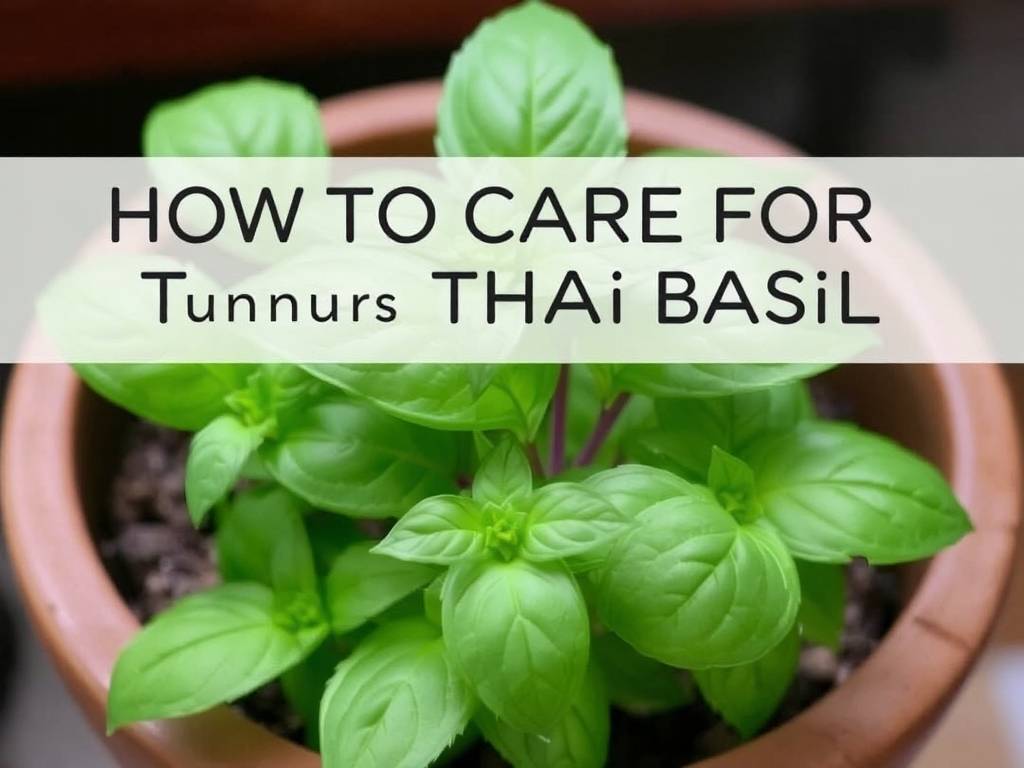
- Implement Strategic Feeding and Soil Management
Thai basil isn't a heavy feeder, but appropriate nutrition makes all the difference in developing those signature purple stems and strong anise flavor. Start with well-draining soil rich in organic matter. A pH between 6.0 and 7.5 works well for optimal nutrient uptake.
When it comes to fertilizing Thai basil plants, a balanced approach works best. Use a balanced, water-soluble fertilizer (such as 10-10-10) or organic alternatives like fish emulsion every 4-6 weeks during the growing season. Avoid high-nitrogen fertilizers, as these can promote excessive leaf growth at the expense of flavor development and stem coloration.
The relationship between nutrition and flavor development is significant. Proper feeding supports the production of essential oils that create the characteristic anise-like taste. Meanwhile, adequate phosphorus and potassium support the development of anthocyanins that give the stems their purple hue. If you notice pale leaves or green stems instead of purple, it might indicate nutrient deficiencies that need addressing.
- Practice Proper Pruning and Harvesting Methods
Regular pruning is perhaps the most overlooked aspect of growing Thai basil with abundant anise flavor and maintained purple stems. Unlike many herbs, Thai basil actually benefits from frequent harvesting. The more you prune, the bushier your plant becomes.
Begin pruning when plants reach about 6-8 inches tall. Always cut just above a set of leaves, as this encourages branching. Never remove more than one-third of the plant at once. The ideal harvesting technique for maintaining Thai basil plants is to regularly pinch off the top sets of leaves, which prevents flowering and encourages continuous leaf production.
Preventing flowering is crucial because once Thai basil flowers, leaf production slows and the flavor can become bitter. If you see flower buds forming, pinch them off immediately. Regular harvesting of Thai basil leaves not only provides you with fresh herbs for cooking but also stimulates new growth that's tender and flavorful. This practice helps maintain the plant's energy focused on producing leaves with that distinctive anise flavor rather than going to seed.
- Manage Pests and Diseases Proactively
Healthy Thai basil plants with vibrant purple stems and strong anise flavor require protection from common pests and diseases. Fortunately, Thai basil is relatively pest-resistant due to its strong essential oils, but several culprits can still cause problems.
Watch for aphids, spider mites, and Japanese beetles, which occasionally bother Thai basil plants. For minor infestations, a strong spray of water often dislodges pests. Neem oil or insecticidal soap work well for more persistent problems. Fungal diseases like powdery mildew and root rot are more concerning and typically result from poor air circulation or overwatering.
Preventative measures for Thai basil plant health include adequate spacing between plants (12-18 inches), proper watering techniques, and good air circulation. If growing indoors, occasionally run a fan to simulate breeze. Companion planting with marigolds or garlic can help deter pests naturally. Healthy plants better resist pests and diseases while maintaining their characteristic anise flavor and purple stem appearance.
Troubleshooting Common Thai Basil Problems
Even with perfect care, you might encounter some challenges. If your Thai basil stems aren't turning purple, insufficient light is the most likely culprit. Move plants to a sunnier location or supplement with grow lights. Weak anise flavor often results from overwatering, inadequate sunlight, or harvesting after flowering has begun. Yellow leaves typically indicate overwatering, while drooping plants may need water or protection from extreme heat.
For those interested in continuous supply, Thai basil propagates easily from cuttings. Simply place 4-6 inch stem cuttings in water until roots develop, then transplant. This lets you maintain your favorite plants indefinitely and share with fellow gardening enthusiasts.
The joy of growing Thai basil successfully comes from understanding its specific needs and responding appropriately. With these five key tips - proper sunlight, careful watering, strategic feeding, regular pruning, and proactive pest management - you'll be rewarded with beautiful plants featuring those signature purple stems and robust anise flavor that elevates your culinary creations. Whether you're adding it to curries, salads, or garnishing dishes, homegrown Thai basil offers freshness and flavor that store-bought versions simply can't match.
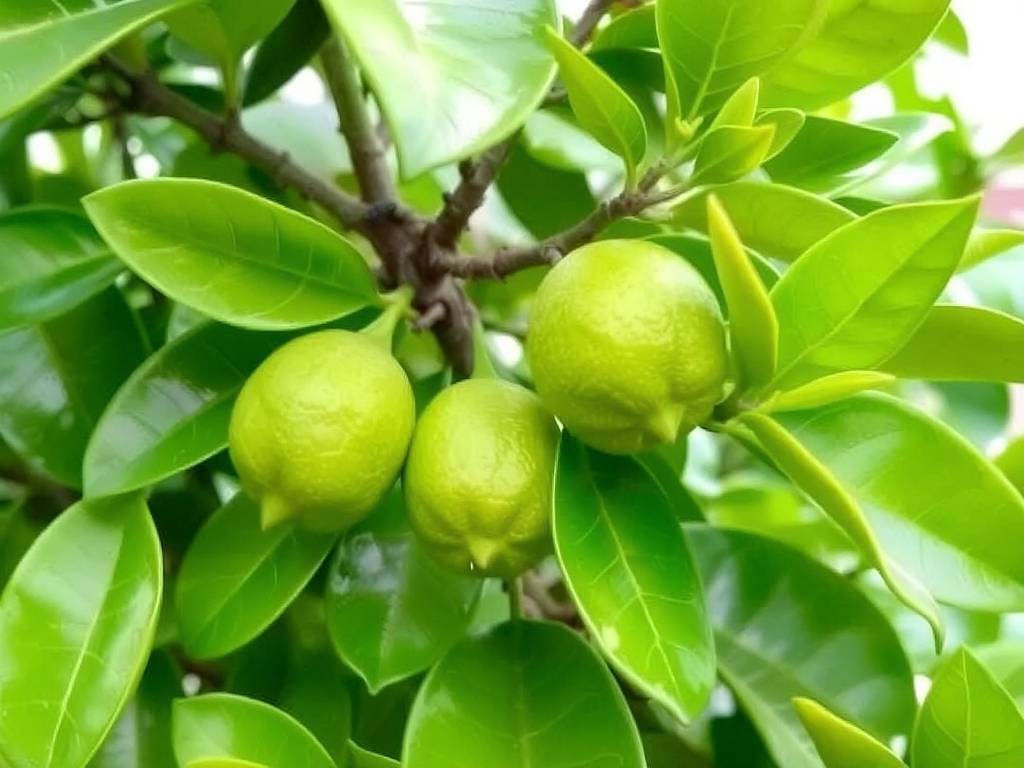
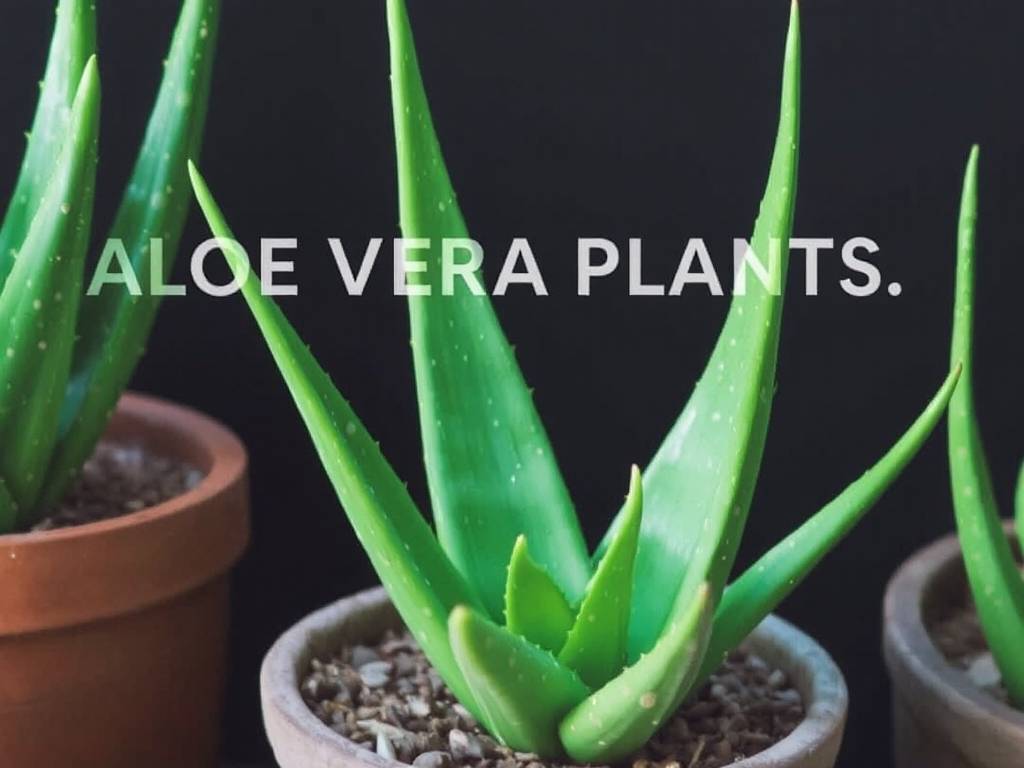
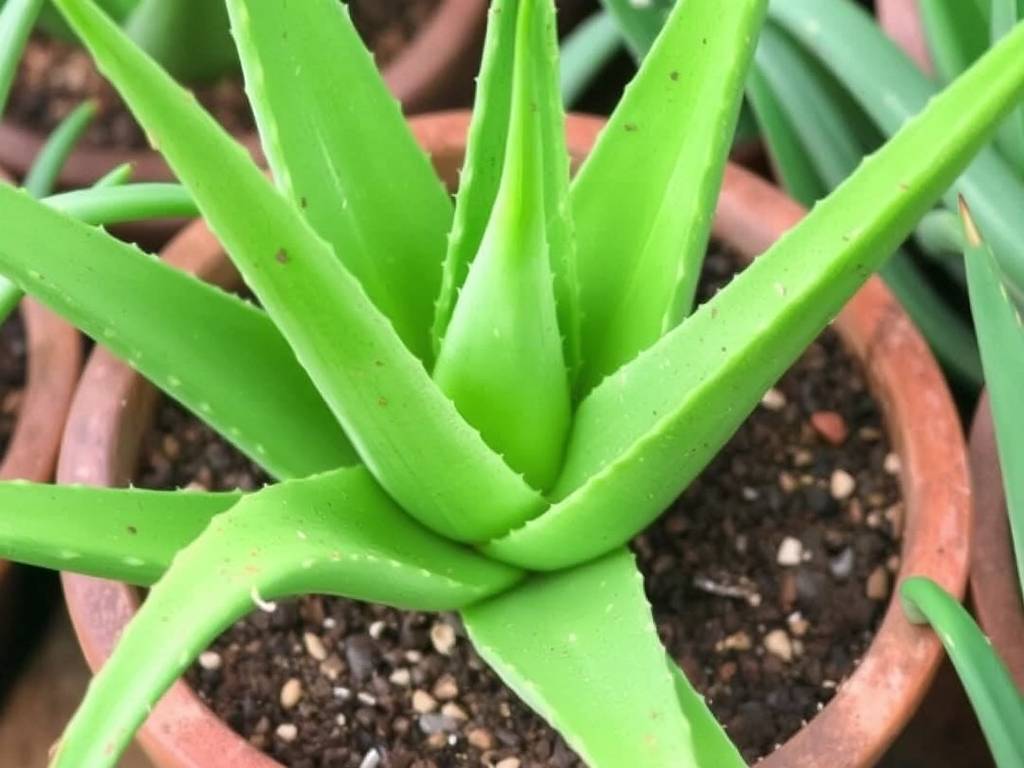
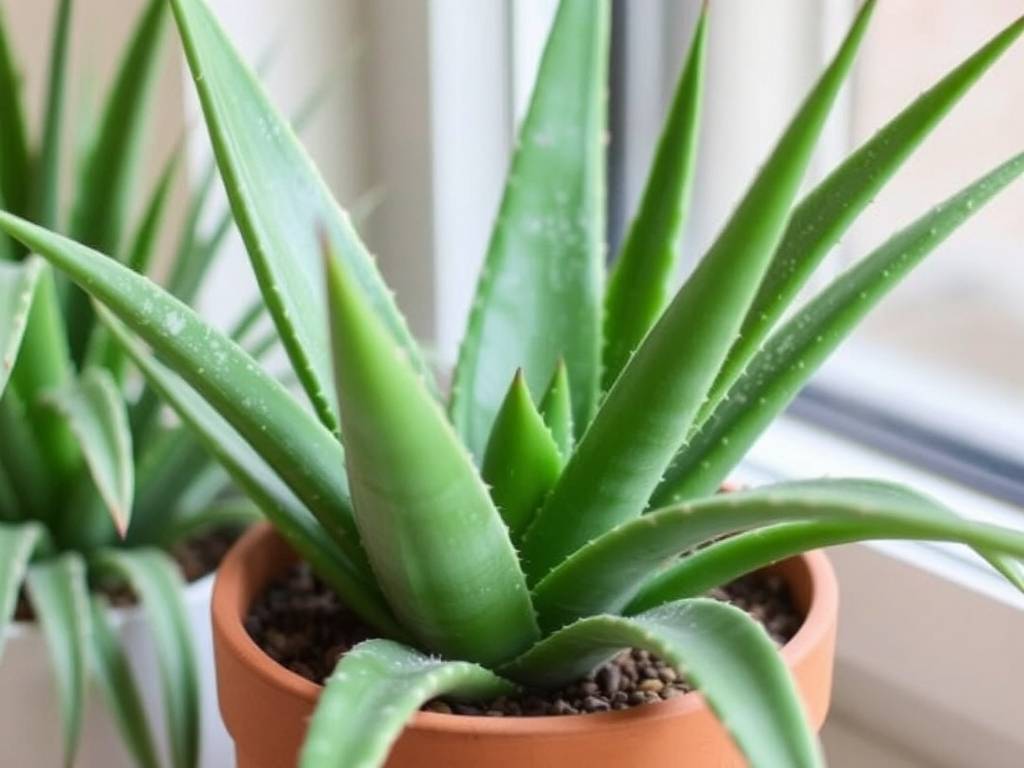
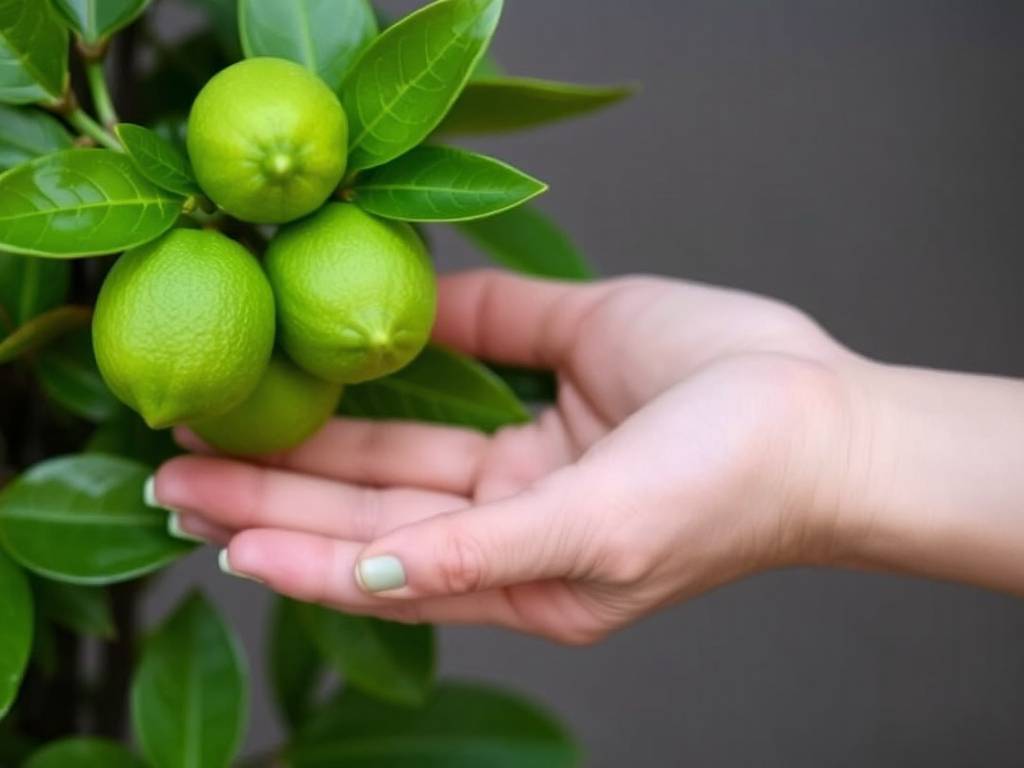
发表评论